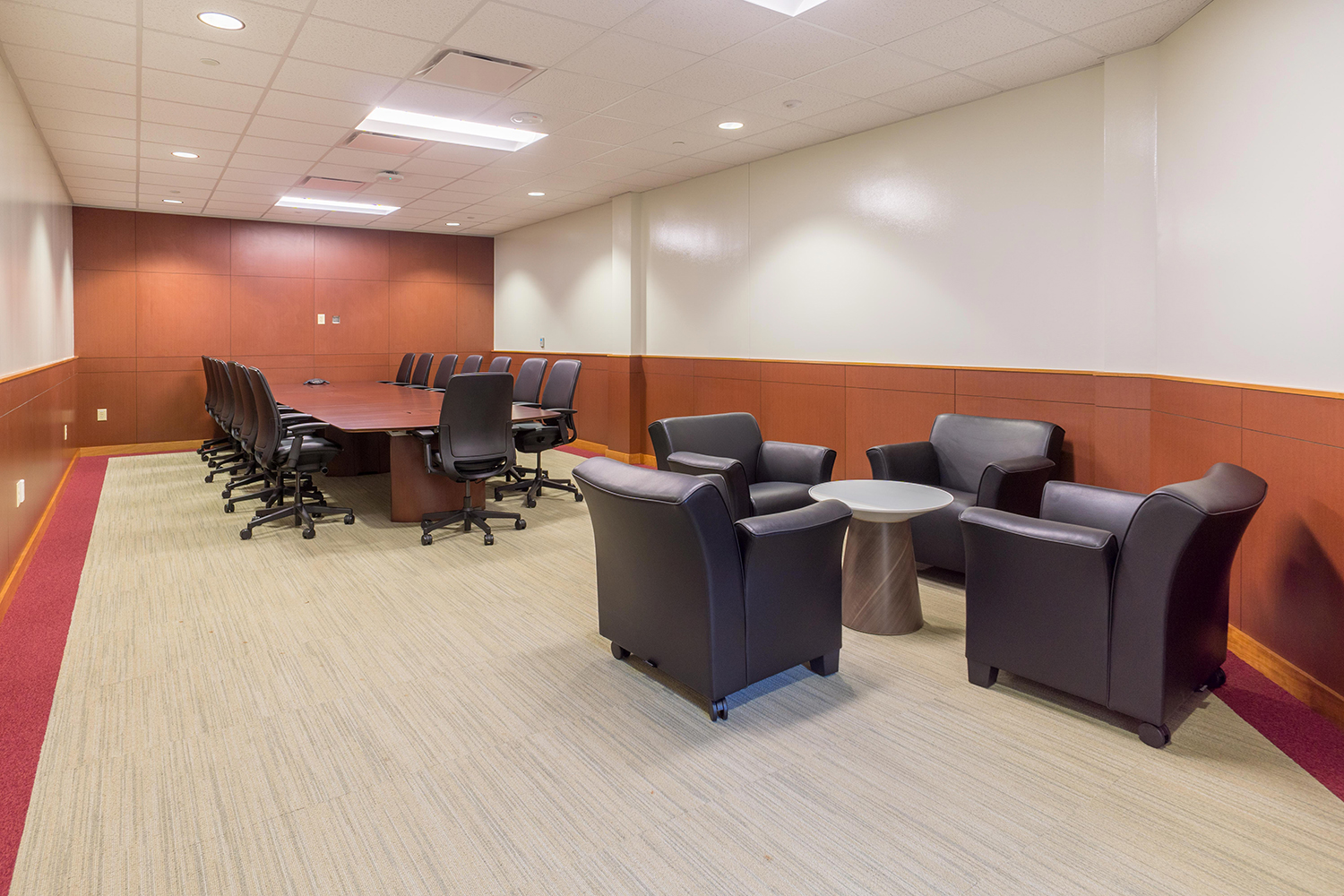In 2010, Texas State University-San Marcos established the Science, Technology, and Advanced Research (STAR) Park, a research/science park. The first building on the campus – the Center for Research and Commercialization – houses research in multi-functional materials, and nurtures and captures the resulting emerging markets that are created from the new technologies. The 40-acre site is being developed in such a way that expansions of research facilities (buildings) are planned in advance.
A commercialized technology facility’s primary focus is product invention and development. As a technology incubator, STAR One was planned to attract start-up and early-stage businesses, by providing access to secure laboratory and office spaces. The design was intended to encourage research and commercial development. Just as every invention is unique, so are the laboratories they are built-in. Lab flexibility was critical to the design, we incorporated a standardized lab system, that could be easily customized or converted into clean labs as desired. Flexible bench labs were integrated, to grow with the tenants’ needs.
As the STAR One facility is unique to its location, demand for incubator space was high. Phase One and Two were designed to make the expansion process as simple as possible. Due to the increased demand, the University was eager to complete the facilities expansion. With our previous knowledge of the Texas State System and the STAR Park, we met the aggressive schedule and accelerated the project’s speed-to-market. This forward-thinking enabled Texas State University and its tenants to grow without limitations.








